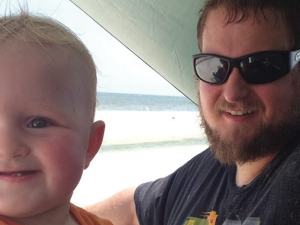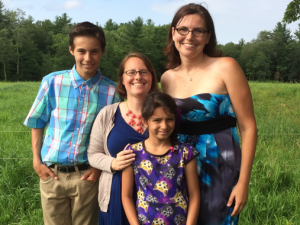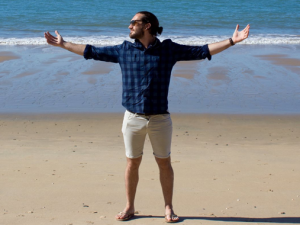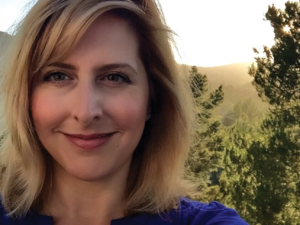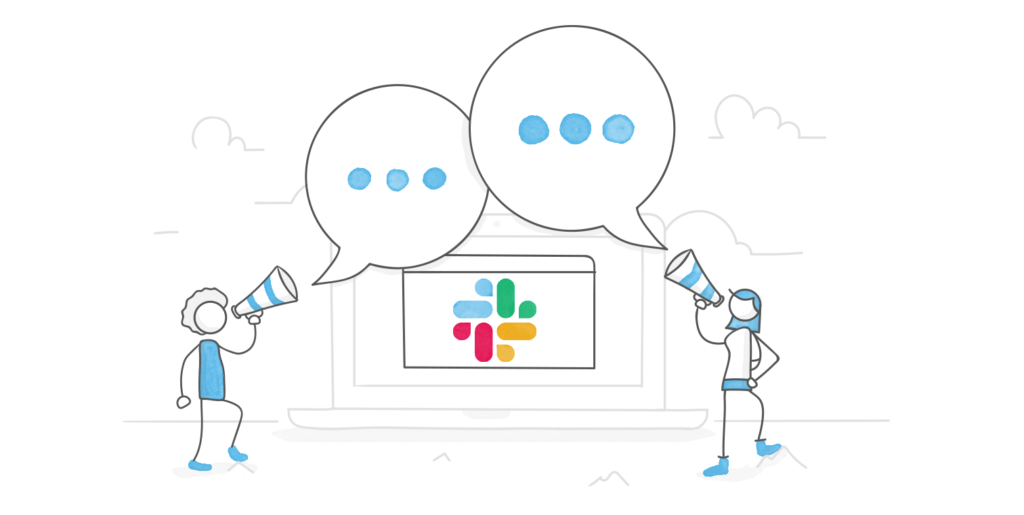 At Articulate, we’re no strangers to breaking the status quo. We’ve been building e-learning apps and tools as a fully remote company for more than 15 years. Working remotely requires thinking outside of the box from time to time. Naturally, we’ve developed unique approaches to many traditional business processes.
At Articulate, we’re no strangers to breaking the status quo. We’ve been building e-learning apps and tools as a fully remote company for more than 15 years. Working remotely requires thinking outside of the box from time to time. Naturally, we’ve developed unique approaches to many traditional business processes.
Our interview process on the platform engineering team is just one example. How it begins is not too different from what most companies do: Throw a work-from-home job ad on the internet and wait for applications to roll in. That’s as far as “normal” goes in the Articulate interview process, though. The next few steps take on a life of their own.
Vetting candidates is a global effort
Finding people in far-off time zones isn’t new to us. Just look at our Platform Engineering team. The 13 of us are spread across the United States, Canada, India, New Zealand, and the Netherlands. And we use this wide time zone distribution to our advantage by running fully distributed, asynchronous team interviews in Slack.
Our goals for Slack interviews are:
- Give everyone on the team a voice in hiring
- Preserve the best parts of our culture
- Find amazing talent regardless of where they live
To accomplish these goals, we rely heavily on async communication. We’re always thinking about how to work together effectively when we aren’t in the same physical space. Here’s a look at the steps that lead up to a Slack team interview.
A foot in the door
After the hiring manager vets applicants, we identify folks we’ll advance to a phone interview. The hiring manager runs the initial phone interview with the candidate (whom we’ll call “Robin” in this example) and builds an understanding of technical depth, breadth, career trajectory, interests, personality, and more. If that goes well, we send an email like this: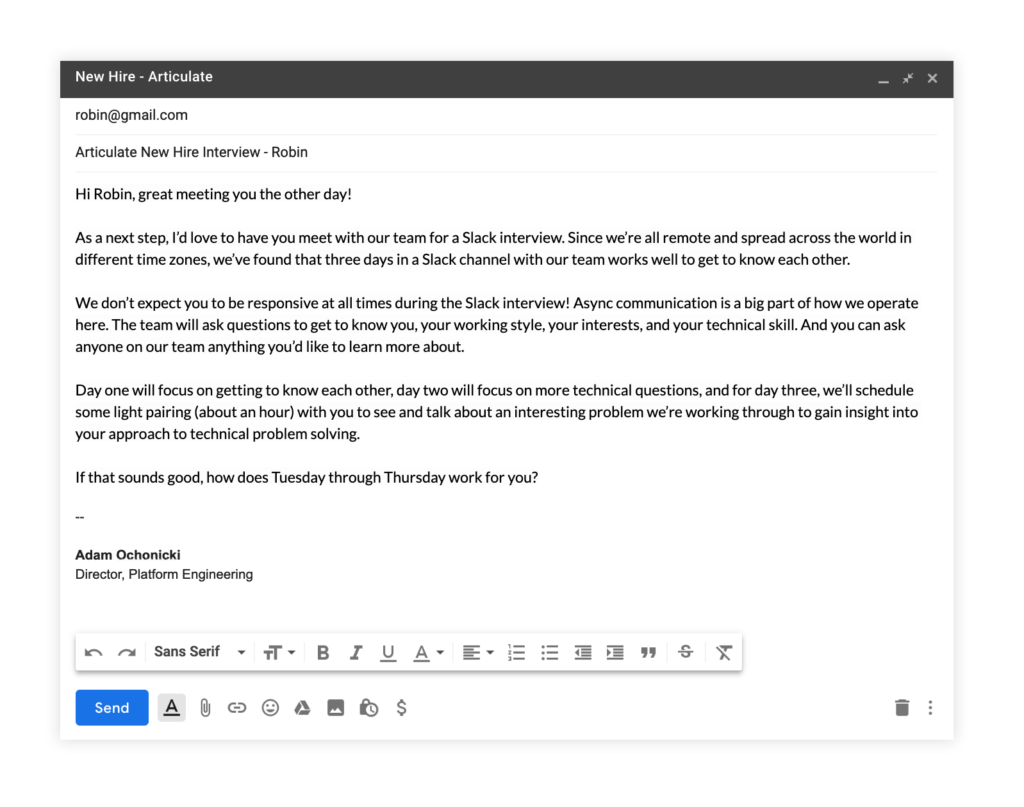
Now that the phone interview is in the books, next stop: Slack team interview! We continuously evolve our processes but here’s how we approach the Slack team interview today. (Feel free to use this as a starting guide for running a Slack interview for your team.)
Welcome to Slack!
Before Robin starts the Slack team interview, we have work to do behind the scenes. It looks like this:
- Create two private Slack channels: #platform-robin and #backchannel-robin.
- The day before the team interview is scheduled to start, invite the team to #backchannel-robin. Here, we share Robin’s resumé, LinkedIn profile, and other relevant content. This channel is for coordinating questions, behind-the-scenes scheduling, and generally discussing Robin’s technical abilities.
- On the interview start date, we invite Robin to Slack as a single-channel guest with an auto-expiring account date. (I advise against multi-channel guest because single-channel is free and will save you the embarrassment of inviting the candidate to a channel they shouldn’t have seen.
)
Now that we’ve done our part to get the Slack team interview moving, we send a follow-up email to Robin (in case their spam filter gobbled the invite) with a note to ping us on Slack when they join the #platform-robin channel.
Once Robin joins, we reiterate the format and set expectations. We’ve found that repetition is helpful to reinforce and set psychological safety that it’s not necessary to talk with us at all hours. That way, Robin won’t feel anxious to respond immediately to a question. Here’s an example of what this communication may look like in #platform-robin:
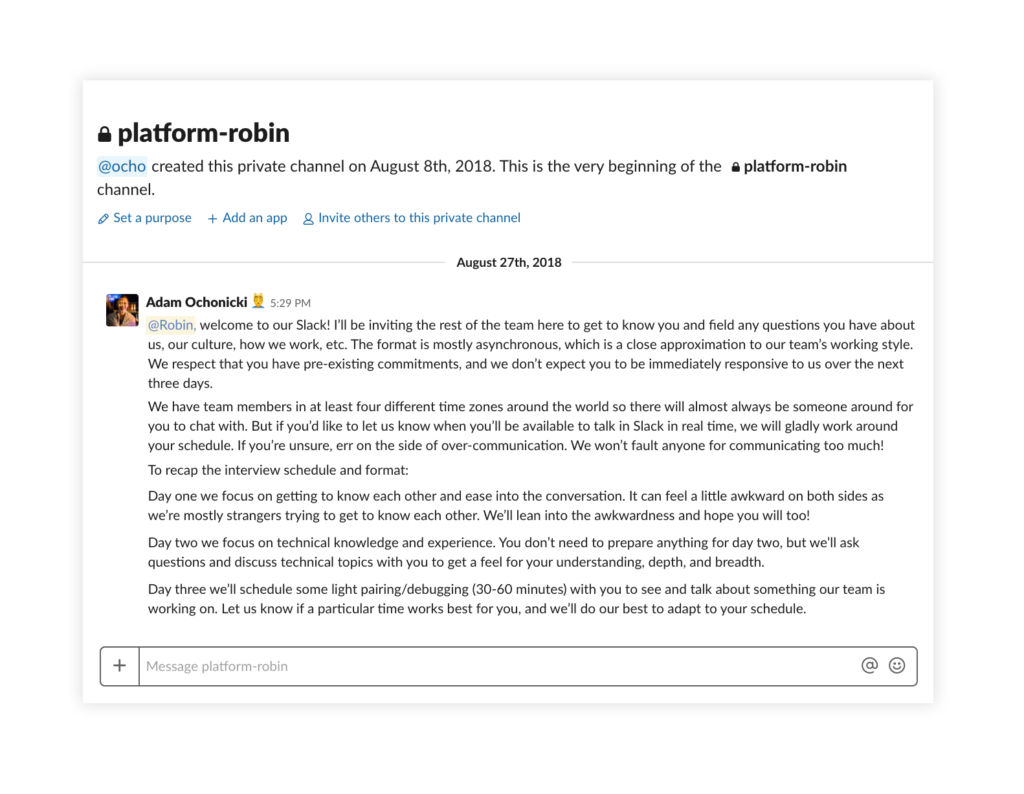
Next, I invite the rest of the Platform Engineering team to #platform-robin and, if they are new to this approach, I remind them (in #backchannel-robin) to give Robin a warm welcome. To ensure communication flows smoothly, we have a list of suggested topics and questions handy, for when things need a nudge. Example topics include systems thinking, software engineering, building for resiliency, and emotional intelligence.
Sometimes, there are questions a candidate won’t want to ask in front of the entire team. We make it safe for them by being explicit about reaching out to the hiring manager if needed.
Looking at the bigger picture, we spend Day 1 getting to know the candidate as a person. At this point, we’re looking for someone who we get along with well. Day 2 and 3, we get into technical questions and topics pertaining to the job. We’re looking for curiosity and excitement about the work, and appropriate levels of technical depth and experience for the role.
And before we know it, it’s the end of day three! We send Robin a DM to remind them it’s the last day of the interview and that their account will auto-expire that night. We also remind the team in #backchannel-robin that Robin’s Slack account will auto-close at the end of the day.
Post-Slack interview
The day after the Slack team interview closes, we ping the team in #backchannel-robin. We either start a Slack discussion or set up a video call. The team’s interactions with Robin will largely drive their opinions. We also cover the following questions:
- Will the candidate be a “values fit”?
- Is this someone we’d enjoy working with every day?
- Do they jive with our team’s and the company’s priorities?
- Do they bring a new perspective?
- Would it be painful for us not to hire this individual?
If anyone on the team has a “no hire” position, we immediately jump to video chat and dig into those concerns as a team. We want to be thorough and uncover any issues or unconscious biases in our hiring process.
Sometimes, there’s a simple misunderstanding or missing context, so talking through it with the team can help tease out the underlying issue. Other times, we need to follow up with the candidate for some clarifying questions. If we can’t alleviate the concerns as a team or with a follow-up, we’ll let the candidate know we don’t think there is a good fit right now.
The final stretch
The final steps will vary based on a position’s requirements. If Robin has everything we’re looking for, we’ll discuss benefits, salary, and more. Once those details are squared away, we will extend an official offer.
Here’s what we’ve learned
When you go against the norm, there are lessons to be learned. Here are some key takeaways from our experience with Slack team interviews so far:
- Be clear with candidates about expectations; communicate what will happen in the Slack interview. This approach to interviewing is unusual, so we strive to reduce ambiguity as much as possible.
- Don’t be afraid to end the interview early if it isn’t going well. We’ve had cases where the team raised concerns in the backchannel, explored with clarifying questions, and still felt that there were significant red flags. We always collect several opinions to check our biases, but if we’re not feeling good about working with a candidate early on, we will thank them for their time, explain that we don’t think there is currently a good fit, and close down the Slack interview. Doing this sooner than later respects the time of the candidate and your team.
- Build flexibility for very remote time zones into the process. We’ve found that when talking with candidates in Asia or Australia, our team needs more flexible timing during the interview process. The majority of our team lives in North America, so there’s little overlap of working hours with candidates in those time zones. To combat feeling like we barely scratched the surface, we extend the Slack team interview to four days.
Summary
This interview style is time-consuming. If you aren’t sure if this approach will work for you, try it out internally first with a test run. It requires buy-in from your team and management, but the benefits are significant. You give everyone on the team a voice in hiring, preserve the best parts of your culture, and find amazing talent regardless of where they live. Plus, interviewing candidates in a medium like Slack, where both sides are likely to feel comfortable already, helps put everyone at ease and lets conversation flow more naturally.
What started as a curious hiring experiment has become core to the platform engineering team’s interview process. So far, it seems to be working well and, despite a few bumps, we’ve received overwhelmingly positive feedback from candidates about the process. If you have ideas for improvement or want to share your iterations on the process, leave a comment below.
Want to join our fully distributed company? Browse our open opportunities here.
